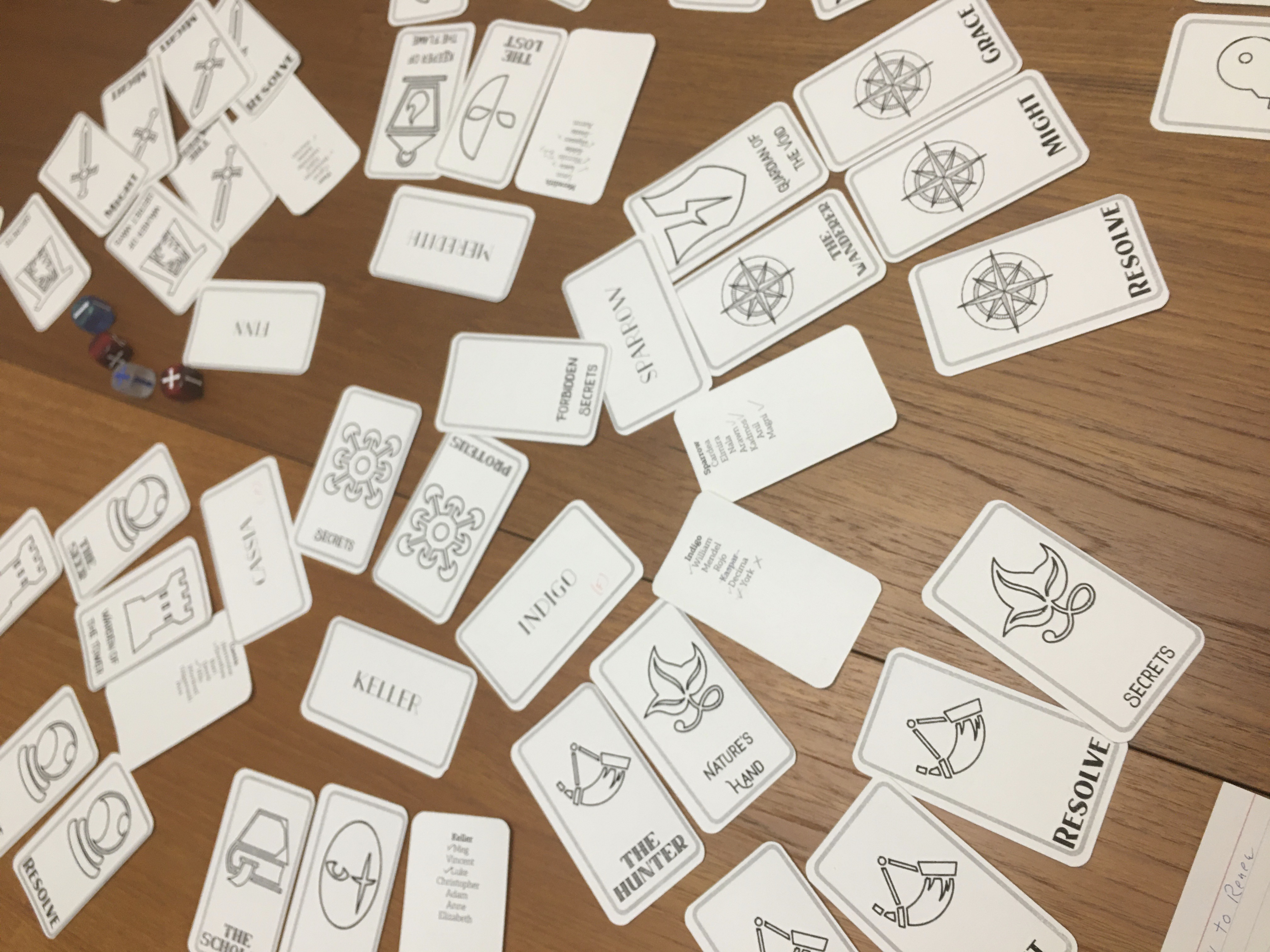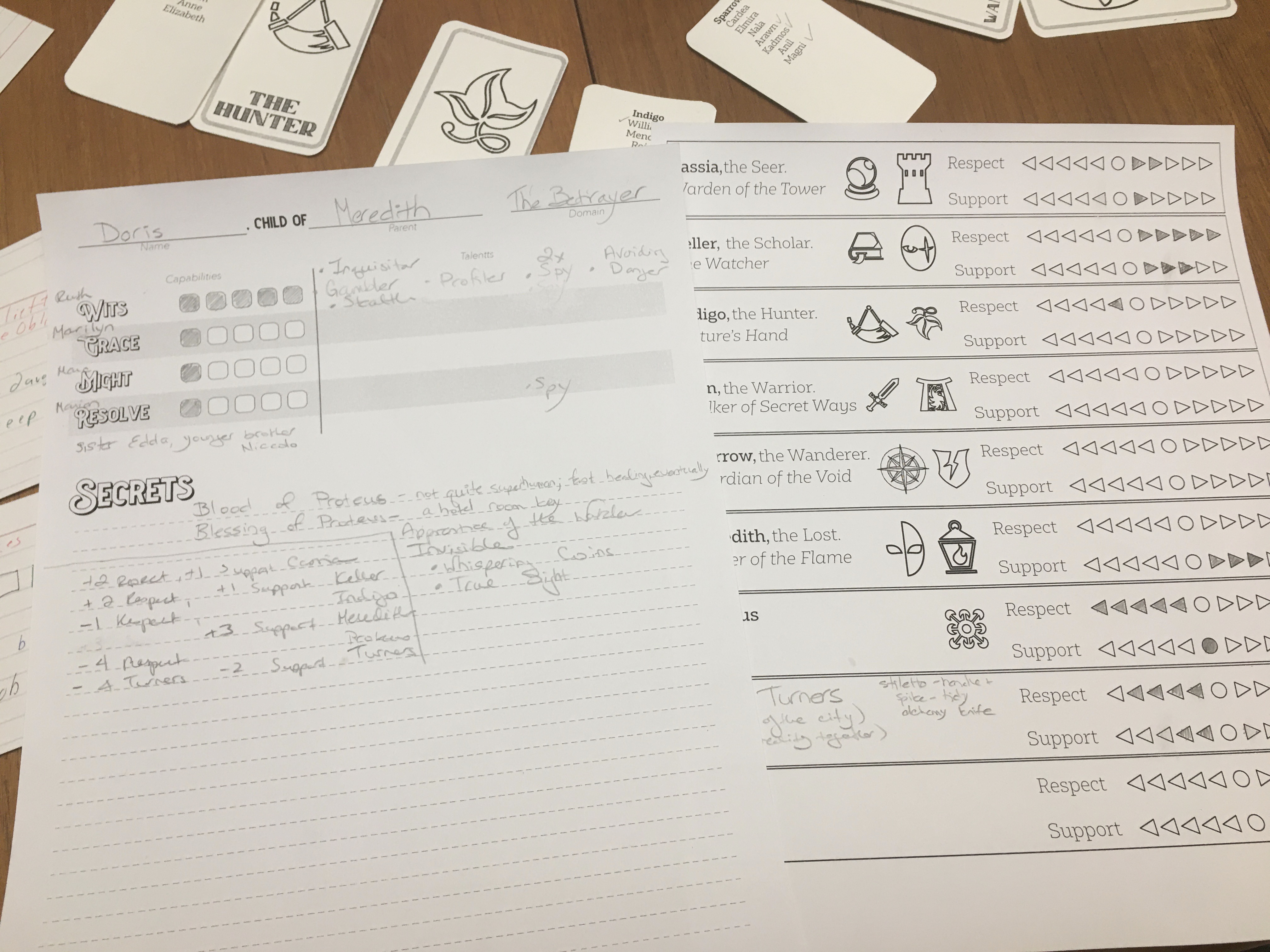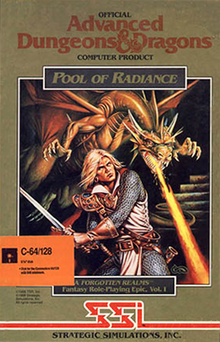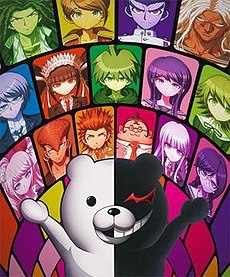
If you have ever tried to design a sports-centric game, you quickly run into the core question of how you will handle winning and losing, and how it impacts progression of the game. For a sports story, it is necessary that every game (or at least enough games) be won to allow the team to make it to the big game. Doing less than that is pretty unsatisfying.
There are a couple different solutions to this1, but at the moment I’m speaking to the problem itself, because it underlies so many potential RPG models. Fiction (and life) is full of single elimination events (Games, Duels and such) because it’s an easy way to set the stakes. Losing has an obvious cost.
In an RPG, this model proves VERY fragile, because losing tends to not be fun. Even if losses aren’t punitive, a loss cuts off a direction of action. This is a big reason that so many media properties (fighting anime in particular) seem like they’d be great RPG material, but always end up dull as dirt. The secret ingredient is single elimination action, and it doesn’t translate.
This is a well known problem, and I’m hopefully not saying anything too surprising here. But what got me thinking about it is that the dungeon avoids this problem, and I think that’s part of why the model is so powerful.
At first glance, this seems odd. Dungeons are dangerous – as a series of fight set pieces, that seems like it should have a similar single elimination problem. And, yes, there are occasional TPKs, but by and large, the dungeon avoids this. How?
The obvious answer is “balance” – dungeons are designed for a certain level band and are meticulously balanced to produce just the right experience. But that’s nonsense. The rules are simply not constraining enough for that to be true, at least taken as a whole.
But that does get us pointing in the right direction – it is uncommon for any single encounter in a dungeon to be enough to overpower the party. Rather, it is the accrued cost and effort of multiple conflicts that will make them more vulnerable, increasing the odds that the next fight will break the camel’s back.
Which points to something interesting – Dungeon fights are supposed to be easy (on an individual basis). In fact, the best trick they pull is making them FEEL challenging while the reality is that the first few rooms are more or less guaranteed wins.
How is this possible? Well, let’s consider – a game like D&D has a lot of different currencies in play (Spells, abilities, and hit points most notable) and they’re set up so you can buy success. That is, the more willing you are to spend your currency, the easier the victory.
This sounds obvious when said this way, but consider that if that was true, the way to make adventures more challenging would be to add more encounters and more reasons to press on. Instead, the go-to method is to make things harder, which just pushes players to tactics like the 5 minute workday, where they use all their currency to win, then withdraw.
But to bring this back to the question that got me thinking, it’s a strong case that the dungeon’s play model is not single elimination, but rather, press your luck. This makes sense, and it also highlights an important element here – agency. Players control how they engage, what rate they engage, and whether they withdraw (which is why one more technique of the cheese GM is removing that agency). So, even if incentivized to take risk, they will usually be able to pull the ripcord in time to avoid the single elimination.
Where I find this useful is in considering how to set up adventure templates in other genres, and specifically consider how I can move them from single elimination to press your luck. Mecha battles are a good example of this – assuming you don’t want a gritty game of pilot death, how could you restructure it in this way? You don’t want people to fight til one of them dies (that’s single elimination again) but you also don’t want there to be no cost to defeat (like if all the mechs were remote drones) because then people would fight to the last hit point “just in case”. You also don’t want the cost of defeat to remove the opportunity to play. This is a challenge with “Mecha are expensive, so they’re also the cost of loss”, because you need to answer the question “Then why let this loser pilot another one?” (Hint: A setting element that limits who can pilot a mech can smooth over this).
This is not a hard problem to solve, but only if it’s a problem you’re LOOKING to solve. And that’s the trick.
It also has me pondering other victory models, and that is where I think it gets VERY interesting.
- Options include: Flexible paths to victory, Out of game priorities, or working backwards from victory with mechanical losses translating to costly victories. ↩










 As a result of my niece’s interest, I am now playing the first Danganronpa game. I admit, I had not been previously aware of this series (It’s a video game, and there have been several), and while I’m only a little bit in, I’m hooked. It’s sort of a character-driven-visual-story-puzzler-mystery full of anime tropes with a layer of weirdness. Which is to say, it’s very much to my taste.
As a result of my niece’s interest, I am now playing the first Danganronpa game. I admit, I had not been previously aware of this series (It’s a video game, and there have been several), and while I’m only a little bit in, I’m hooked. It’s sort of a character-driven-visual-story-puzzler-mystery full of anime tropes with a layer of weirdness. Which is to say, it’s very much to my taste.